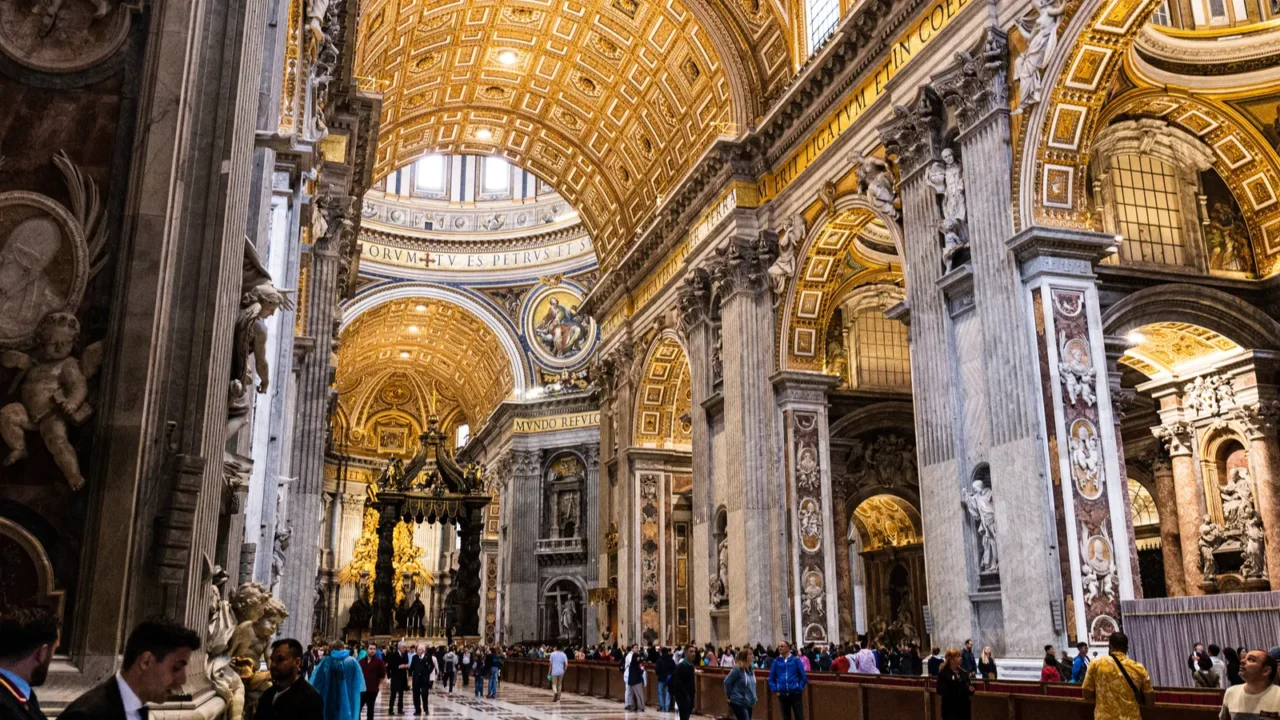
The mystery within the walls
Behind the marble floors and velvet ropes of the world’s most famous museums lies more than art, it is a story of secrecy, precision, and pride. Every visitor sees beauty; few glimpse the operations that guard it.
Paris, London, and New York hold treasures beyond value, protected with layers of history and high-tech vigilance. This isn’t just about paintings and sculptures. It’s about what the world risks and preserves in the name of culture.
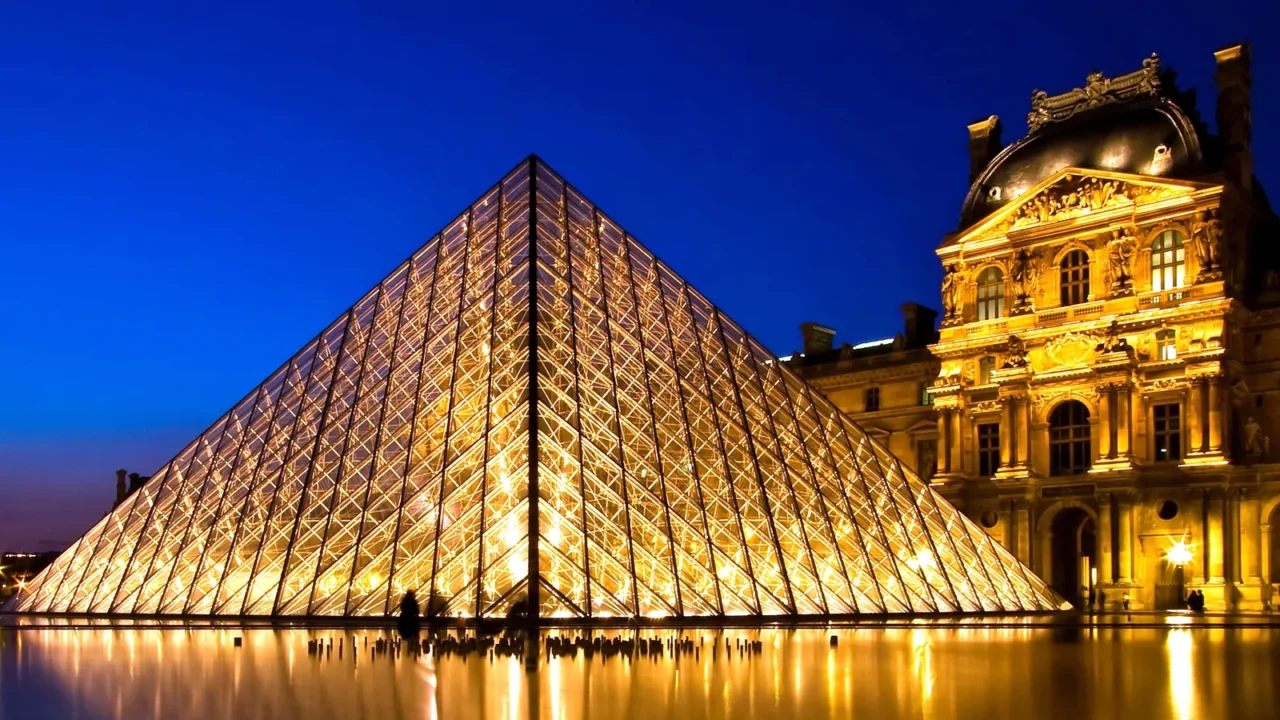
The Louvre’s guardians
Paris’s Louvre Museum holds over 35,000 artworks, but the real masterpiece may be its invisible defense. Security teams blend human intuition with cutting-edge systems to monitor every inch, day and night.
The Mona Lisa’s glass isn’t just for display, because it’s bullet-resistant, climate-controlled, and constantly observed.
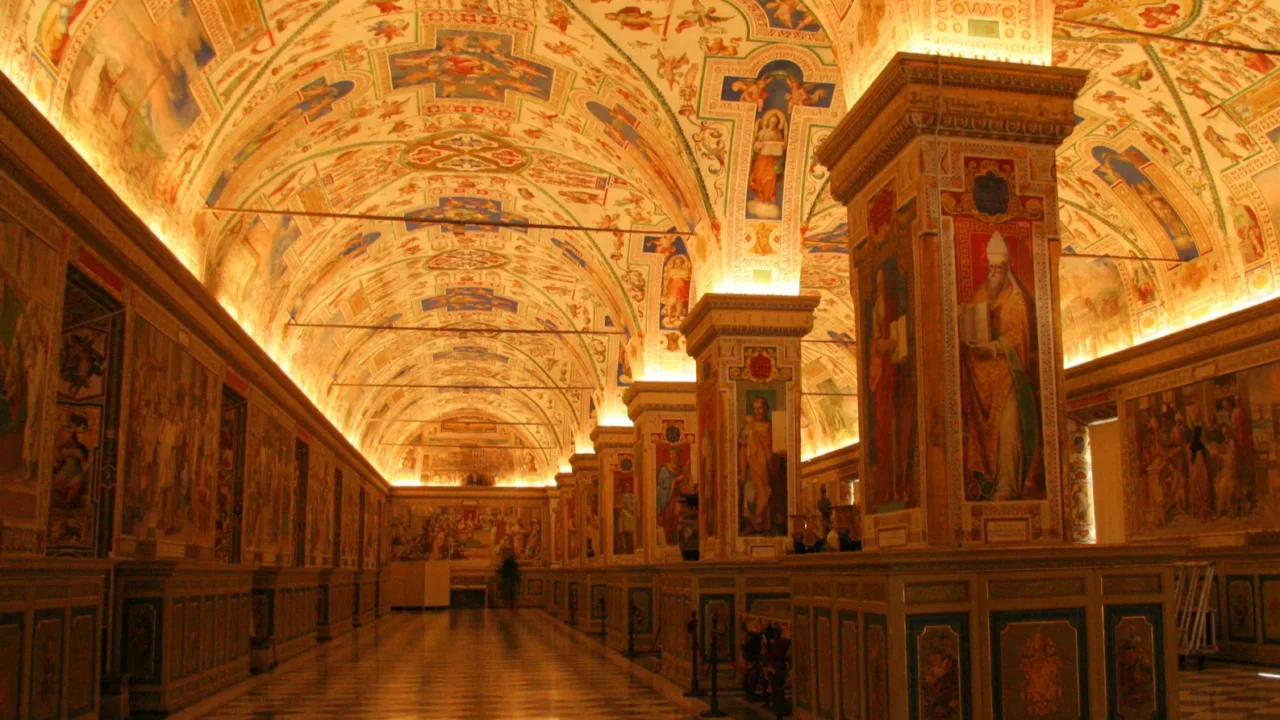
Vatican city’s sacred vaults
Beyond the grandeur of St. Peter’s Basilica, the Vatican Museums hide one of the world’s most restricted archives. The Vatican Apostolic Archive stretches nearly 53 miles of shelving, sealed off from public eyes.
It guards papal letters, ancient maps, and state secrets that have shaped world history. Tourists see frescoes and divine art, but deep beneath that splendor lies the true heartbeat of power, knowledge safeguarded for centuries.
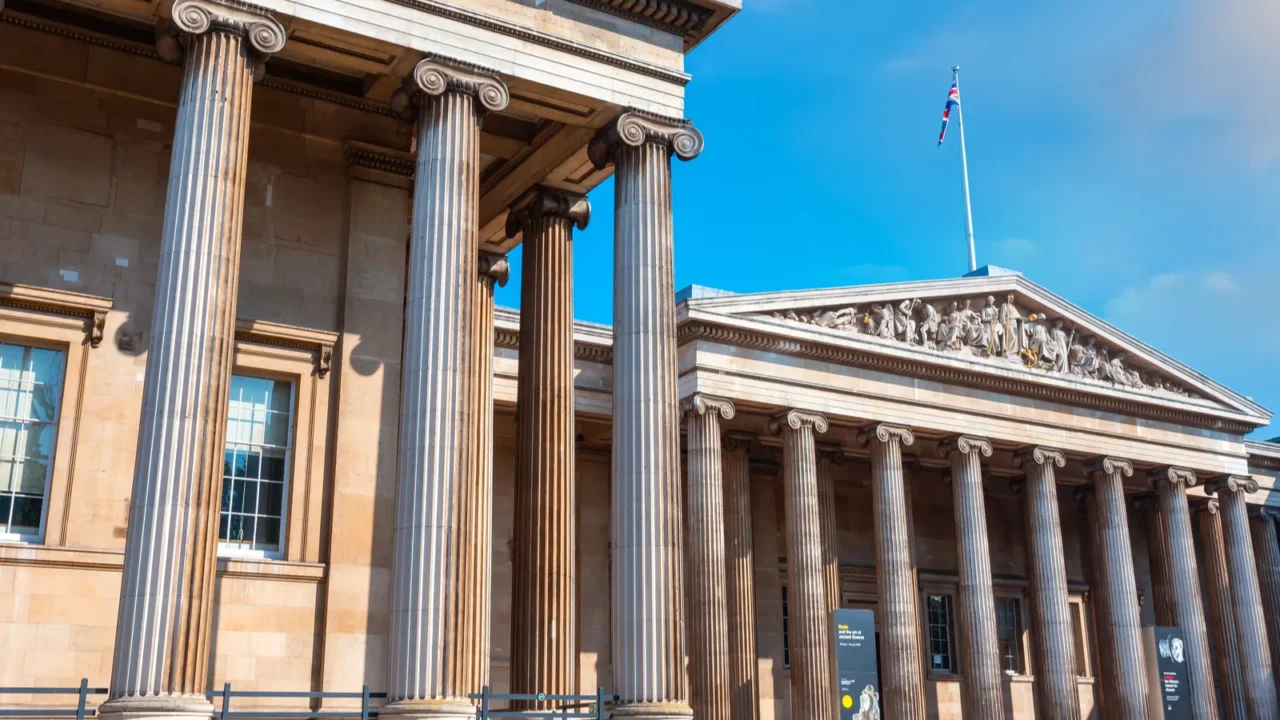
London’s hidden treasures
The British Museum isn’t only about history on display, it’s about how that history is protected. From the Rosetta Stone to the Parthenon Marbles, curators and conservators work in sealed labs below the museum floor.
Visitors rarely realize that every artifact has a security profile, from humidity controls to 3D tracking. The building itself is a fortress of learning, where ancient civilization meets 21st-century precision.
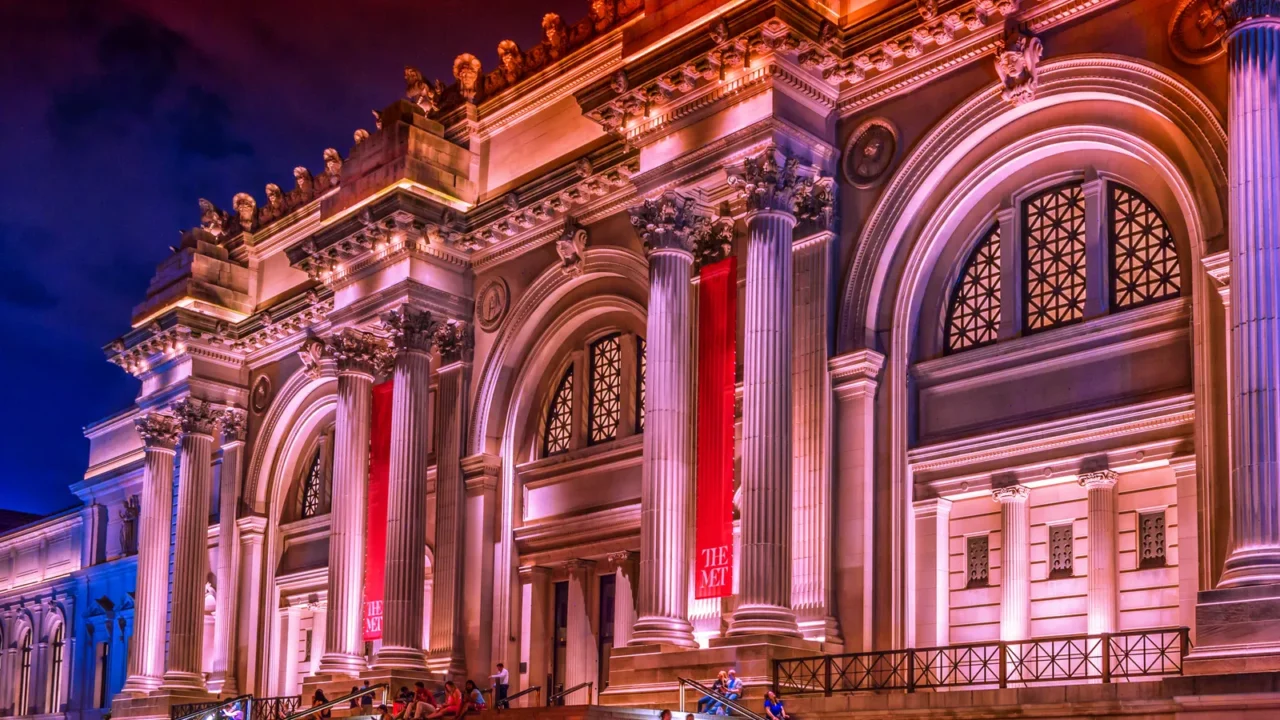
New York’s met after hours
At night, the Metropolitan Museum of Art in New York transforms from a buzzing cultural hub into a quiet labyrinth. Security cameras keep a constant watch, and temperature sensors adjust by the minute to preserve centuries-old fabrics and pigments.
Behind the serenity of its galleries, the Met’s protection extends to every unseen corridor. Even during blackouts, backup systems keep the art safe. In a city that never sleeps, the museum’s vigilance never fades.
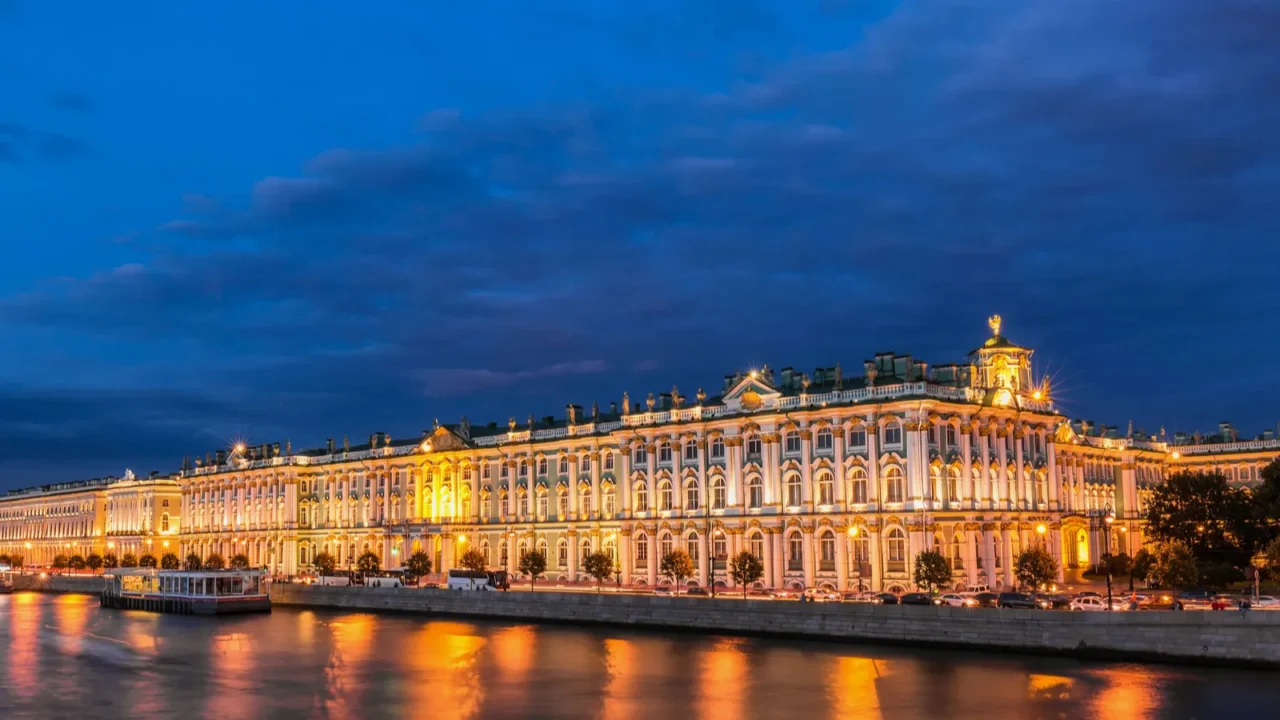
The hermitage under watch
Russia’s State Hermitage Museum in St. Petersburg houses three million works, guarded by both technology and tradition. Its vast halls were once the private domain of the tsars, and today, a dedicated team of specialists monitors every corner.
Earthquake-resistant mounts, biometric access, and 24-hour patrols make this museum one of the toughest to breach. Behind the golden doors lies not only beauty but a silent strength shaped by centuries of power.
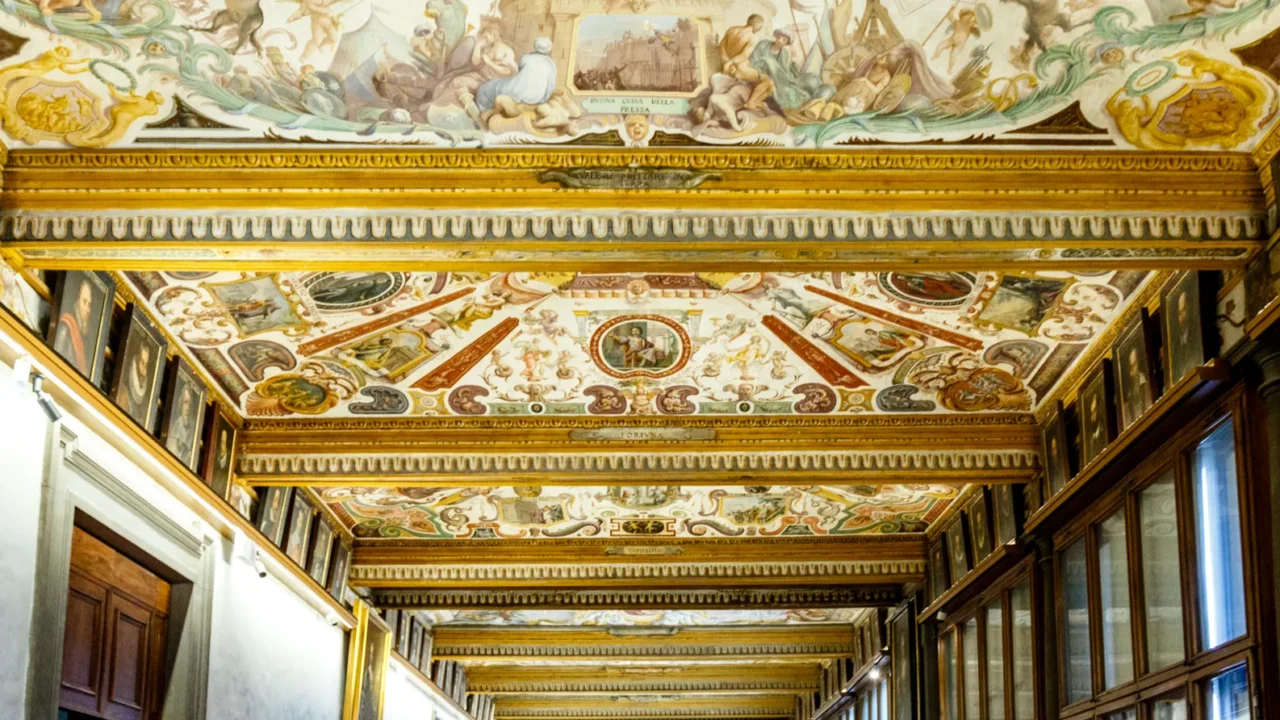
The secrets of Uffizi
Florence’s Uffizi Gallery is a jewel of the Renaissance, but few know how modern its security is. Beneath its classical charm lie smart vaults, air-sealed frames, and laser grids designed to detect even a whisper of motion.
Every night, paintings like Botticelli’s Birth of Venus are secured behind armored glass. Italy guards its art like royalty, understanding that heritage isn’t just displayed, it’s defended.
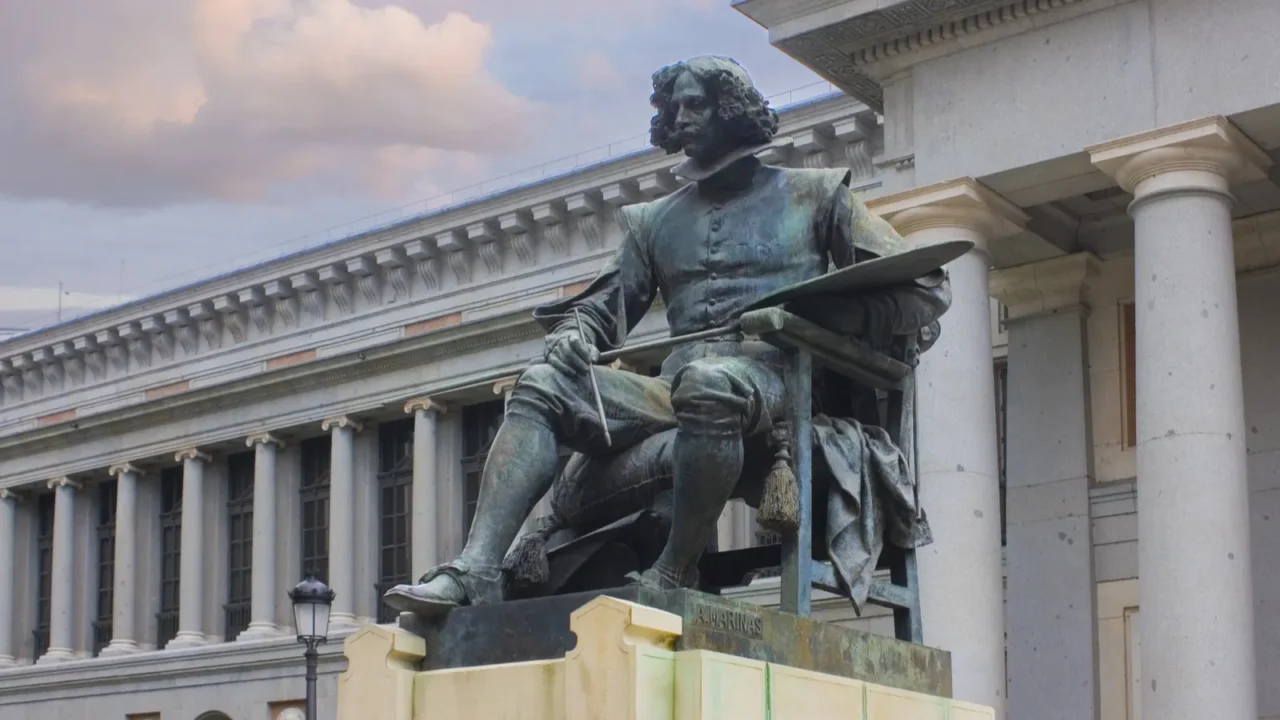
Madrid’s royal legacy
Spain’s Prado Museum is not only home to Goya and Velázquez but to a legacy of protection perfected over centuries.
During wartime, its masterpieces were hidden in mountain caves and repatriated with precision. Today, high-tech sensors and trained specialists continue that mission. The Prado’s defense of art mirrors Spain’s defense of identity, being strong, elegant, and quietly unbreakable.
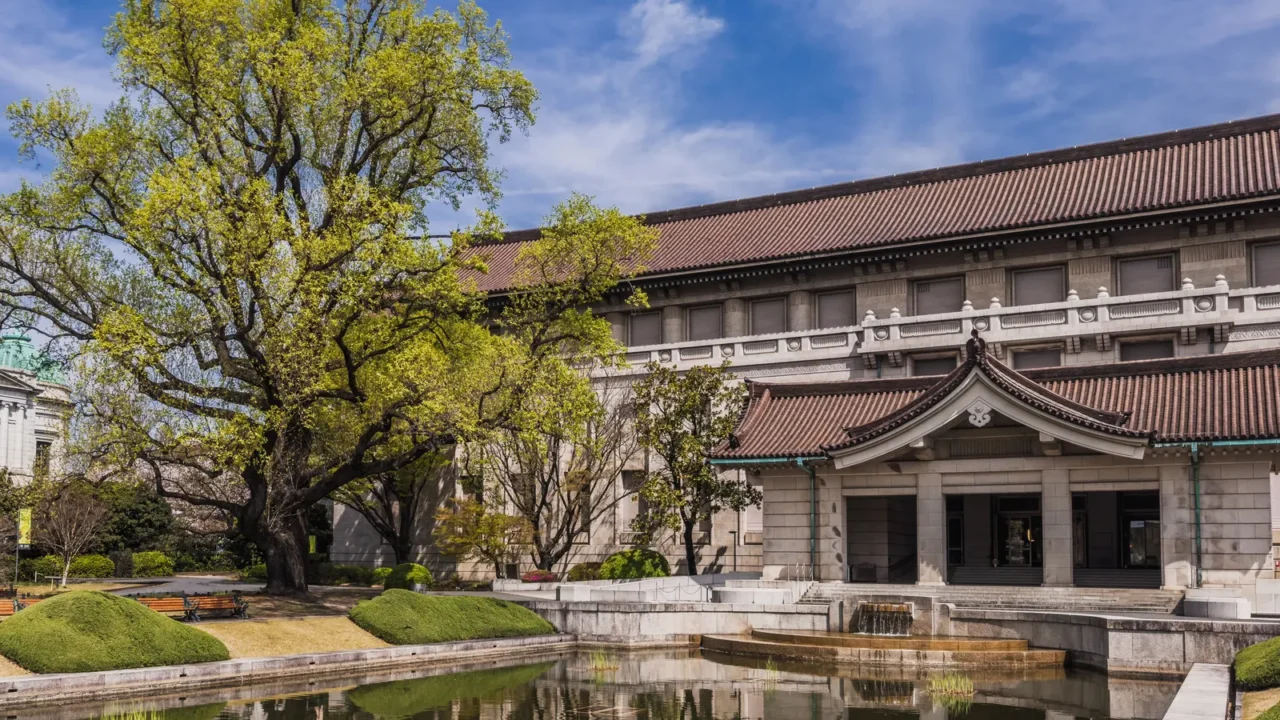
Tokyo’s digital shield
The Tokyo National Museum blends ancient treasures with futuristic defense. Its priceless samurai armor and Buddhist relics are guarded by systems that adapt in real time as sensors read air quality, crowd density, and vibration.
Japan’s precision extends beyond engineering into cultural care. Here, the past meets the future in perfect sync, proving that guarding heritage is as much about intelligence as it is about strength.
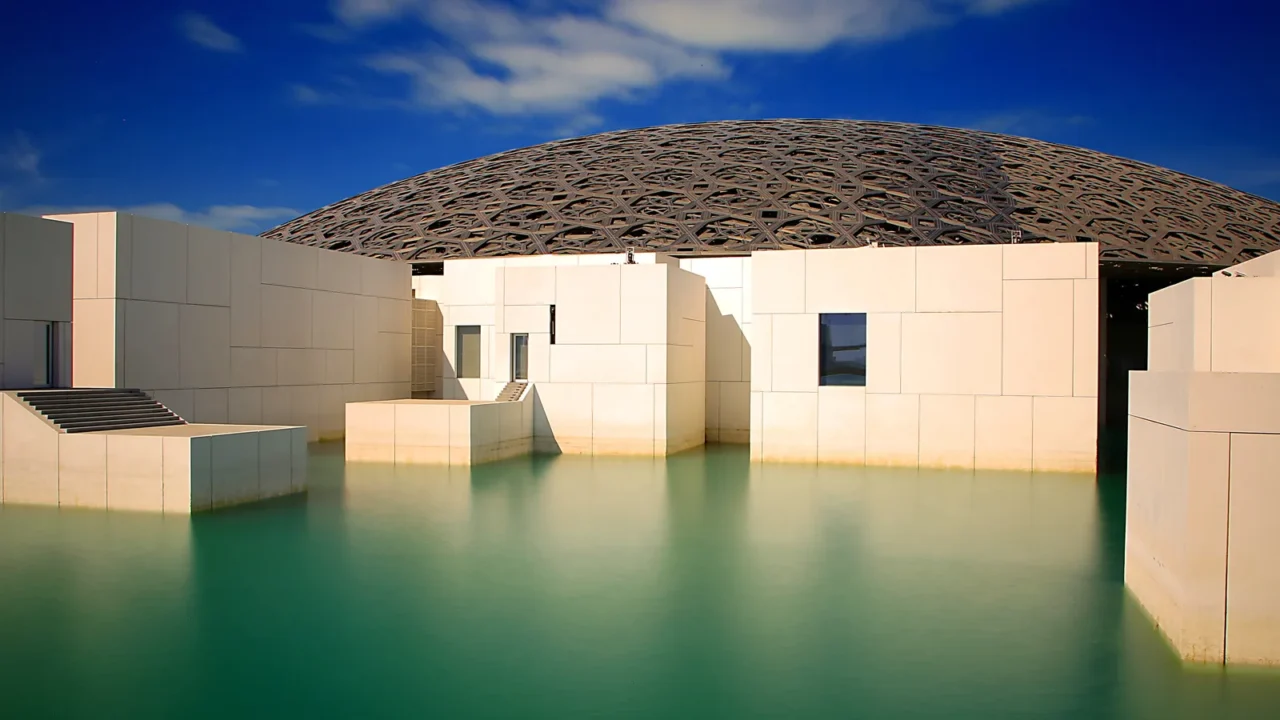
The Louvre Abu Dhabi approach
On Saadiyat Island, the Louvre Abu Dhabi redefines how a museum protects art in a desert climate. Beneath its silver dome, the building “breathes,” maintaining ideal conditions for global masterpieces.
Security is subtle but omnipresent, with AI-assisted patrols and humidity-adaptive systems. The museum stands as a bridge between worlds, East and West, art and innovation, showing us how modern guardianship looks in a changing world.
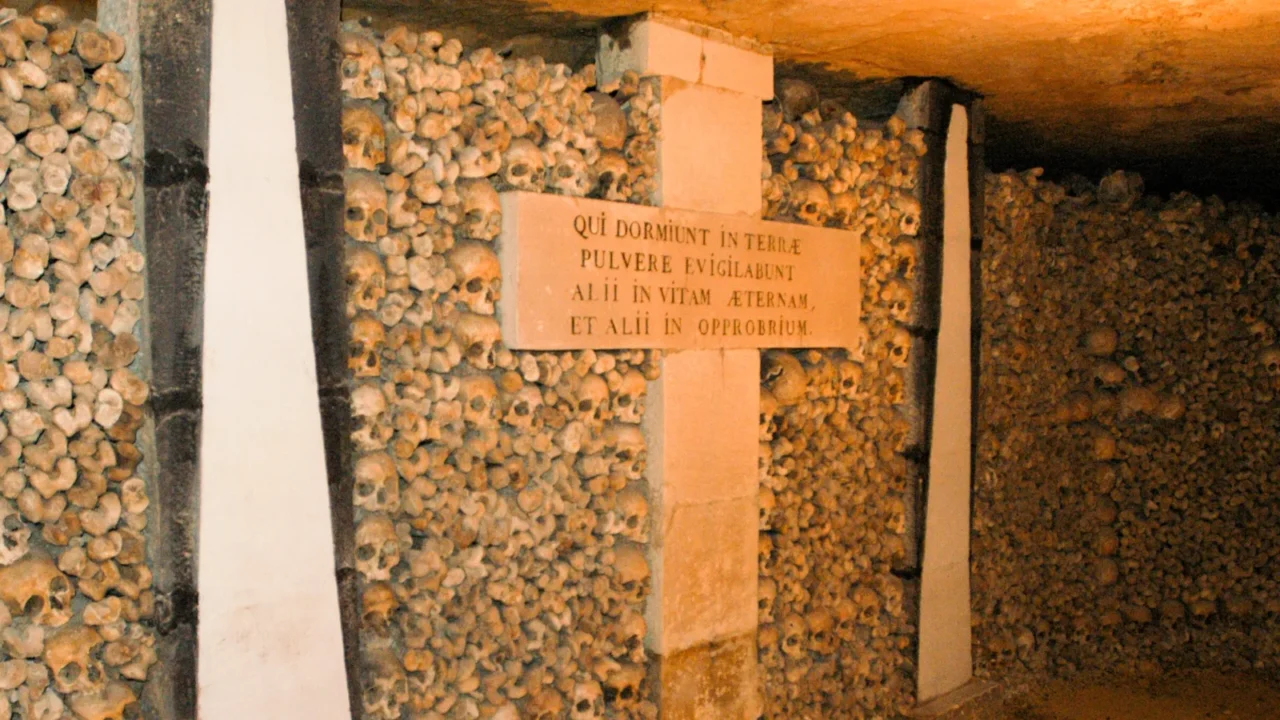
Beneath Paris: The art bunkers
Few visitors know that deep under Paris, art is stored in former military bunkers built to resist war and flood. France uses these vaults to protect national treasures from conflict or disaster. Shelves hold everything from sculptures to manuscripts in total secrecy.
It’s an unseen side of Parisian culture, a reminder that even the City of Light keeps some of its brilliance underground.
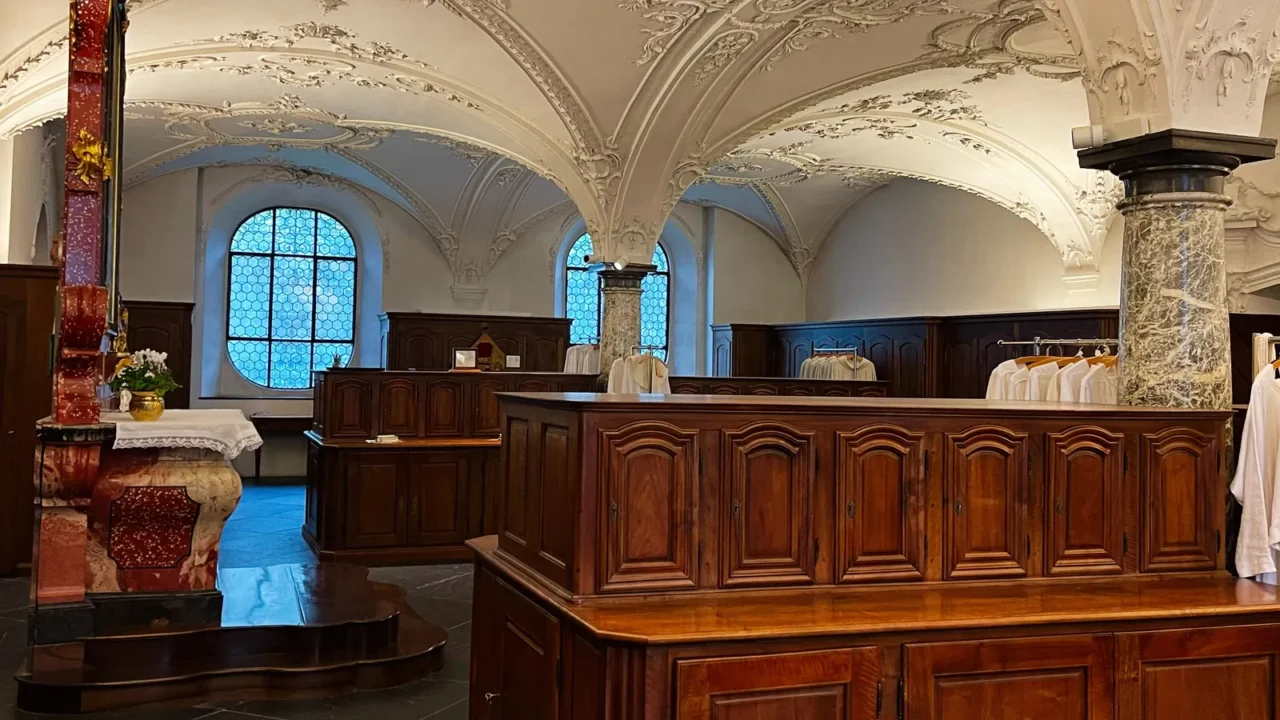
Switzerland’s secret art vaults
Hidden in the Swiss Alps are high-security art vaults, often compared to private museums without the visitors. Collectors and institutions store billions in paintings and artifacts there, protected by fingerprint scans and climate-stable chambers.
These mountain fortresses raise questions: Is art safer locked away or shared with the world? Switzerland, neutral and discreet, guards creativity with a precision only its peaks can match.
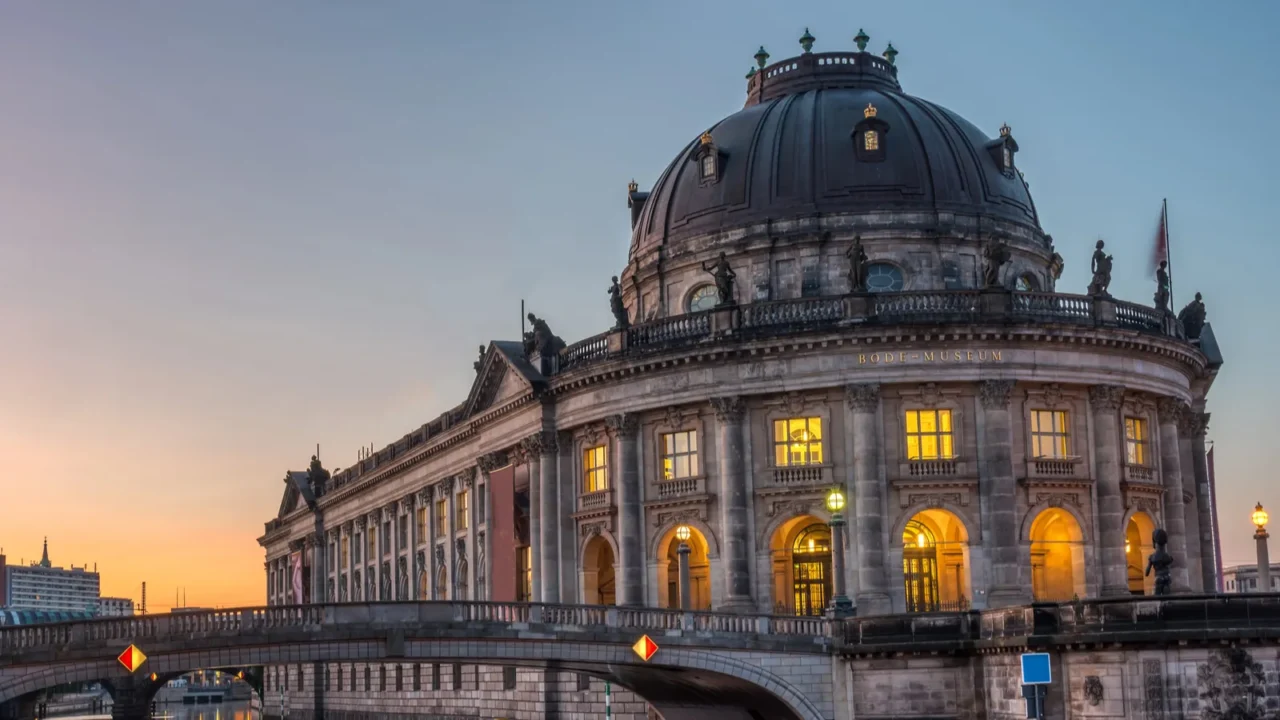
Berlin’s cultural fortress
Berlin’s Museum Island holds a cluster of UNESCO sites watched over by state-of-the-art systems. When the city rebuilt after the war, it also rebuilt its trust in art. From the Pergamon’s ancient gates to the Neues Museum’s Egyptian wonders, Germany’s approach is both transparent and tight.
Every artifact is logged, tagged, and traced as a modern response to a turbulent past that once threatened to erase it all.
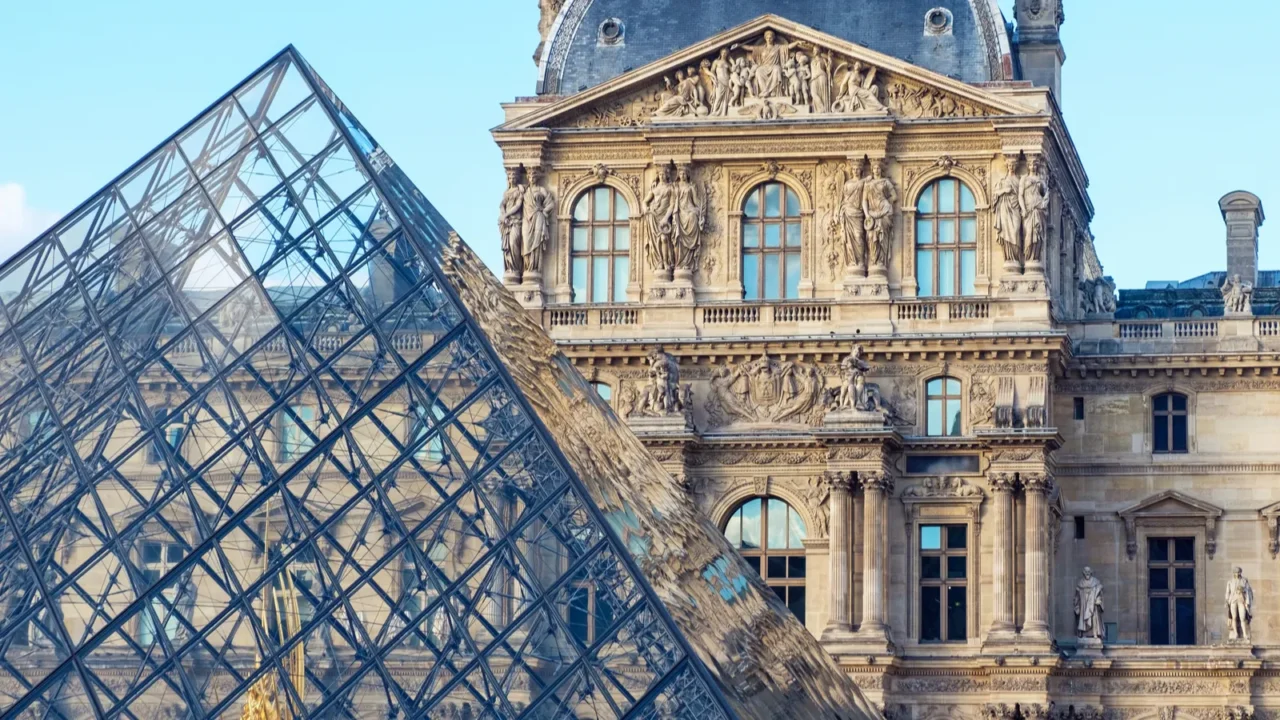
The underground labs of the Louvre
Few people know that under the Louvre lies a network of restoration labs where experts repair and preserve art in secrecy. Using microscopes, nanotech tools, and centuries-old techniques, they keep masterpieces alive for generations.
The work never ends, even when the galleries close. It’s science meeting soul, and perhaps the museum’s most precious secret of all.
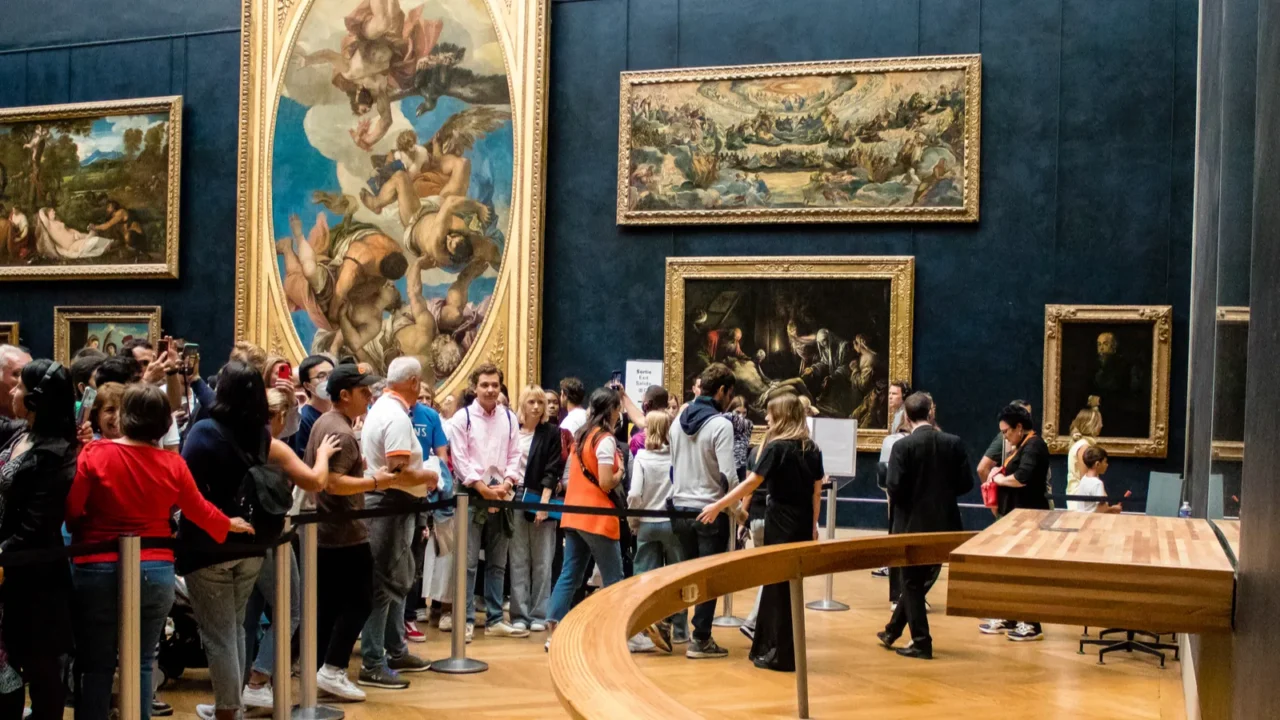
Beyond the glass
Technology may guard the art, but it’s people who give it meaning. Every guard, conservator, and curator carries the responsibility of protecting civilization’s memory. Their daily routines are quiet acts of devotion that most visitors never see.
And it’s not only the art that tells stories. Secrets of the Louvre’s Timeless Interior Style reveals how the museum’s own design, colors, and atmosphere shape the way we feel inside those walls. Behind beauty lies intention, and behind intention, centuries of care.
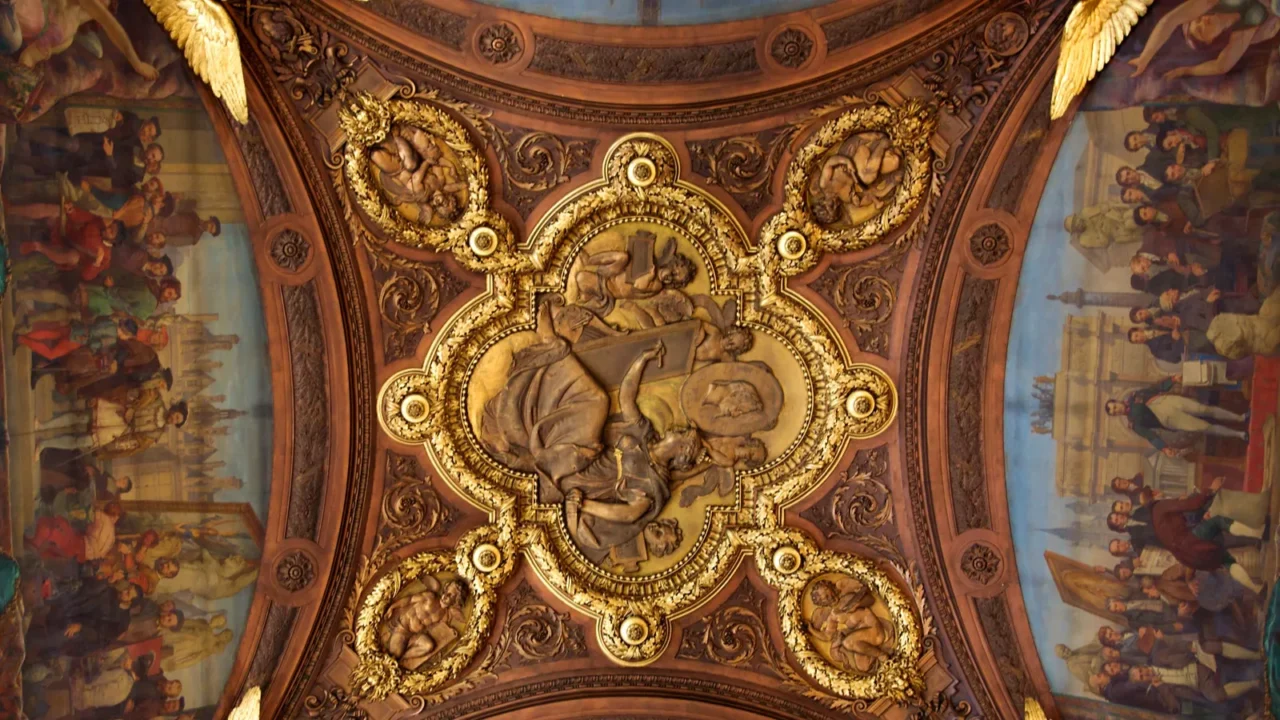
The value of trust
Behind every secured masterpiece lies a single belief, that beauty is worth guarding. The world’s most protected museums remind us that art is fragile, nations are proud, and culture is priceless. Yet, the Louvre robbery shows how even the world’s most protected treasures can be vulnerable without constant vigilance.
From Paris to Tokyo, these cultural sanctuaries stand as proof that even in a restless age, humanity still fights to protect what matters most.
Which of these museum secrets surprised you the most? Share your favorite hidden detail or one you’d love to explore in person!
Read More From This Brand:
- How far can you go? United’s epic 2025 nonstop routes stretch to the world’s edge
- International students what you need to know about Trump’s travel ban
- U.S. passport delays return just before the holiday
Don’t forget to follow us for more exclusive content right here on MSN.
This slideshow was made with AI assistance and human editing.